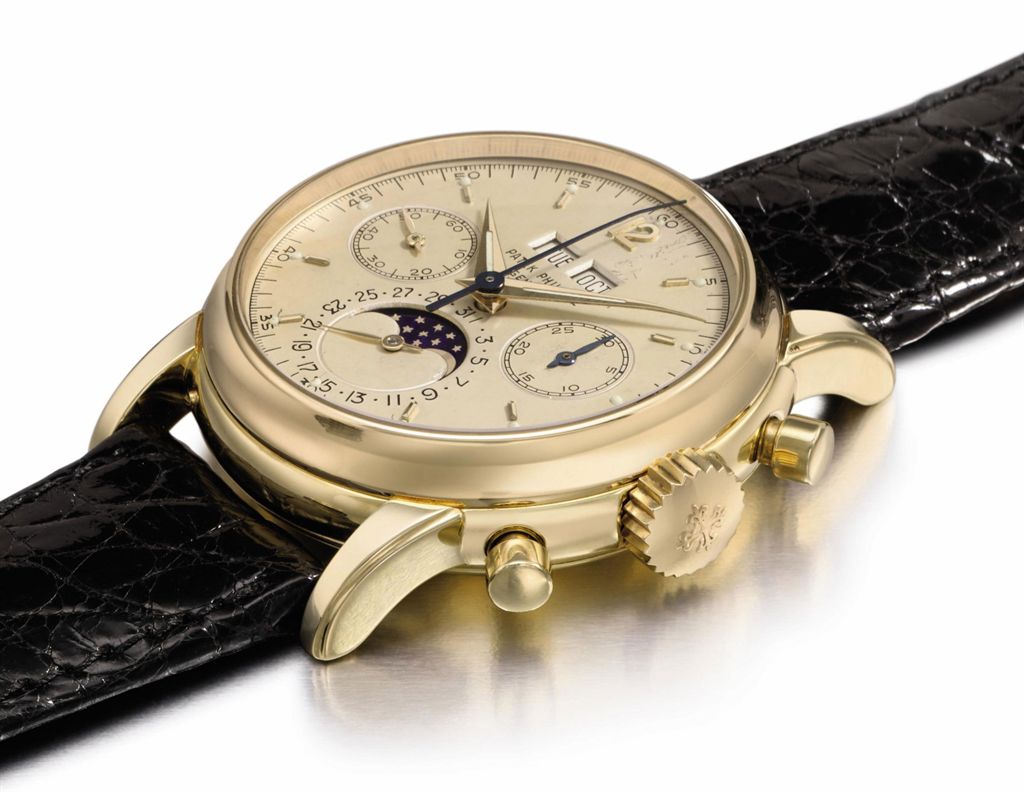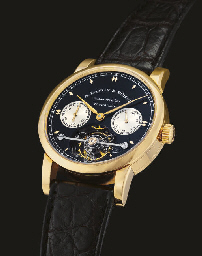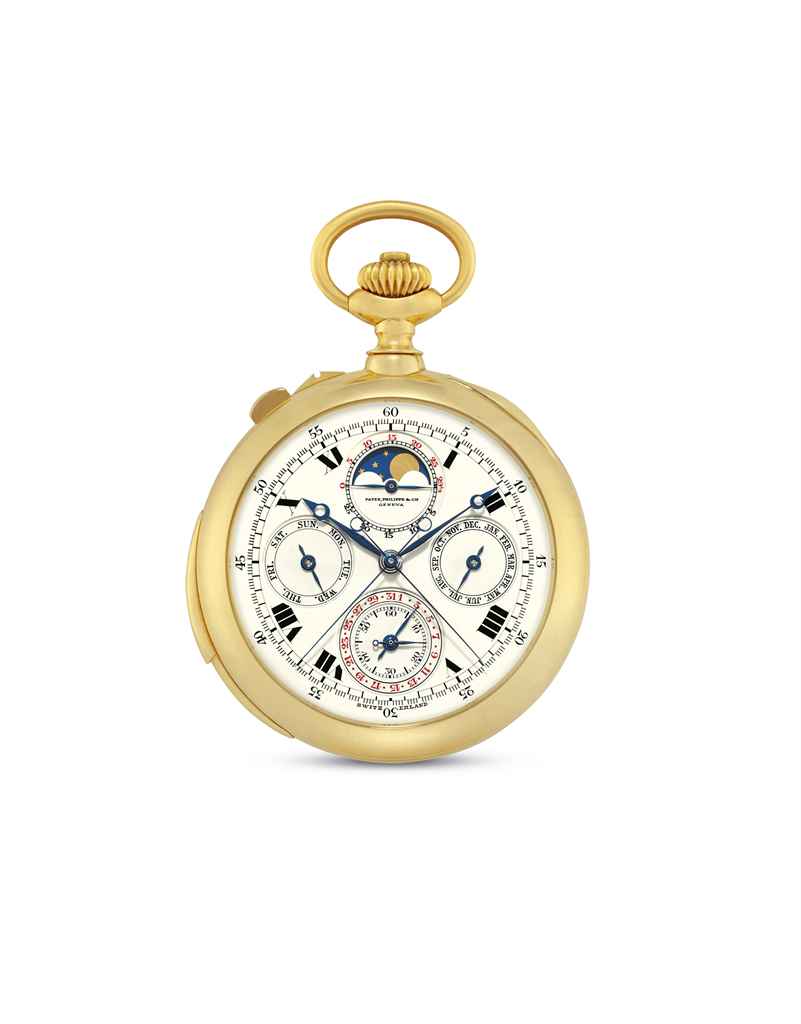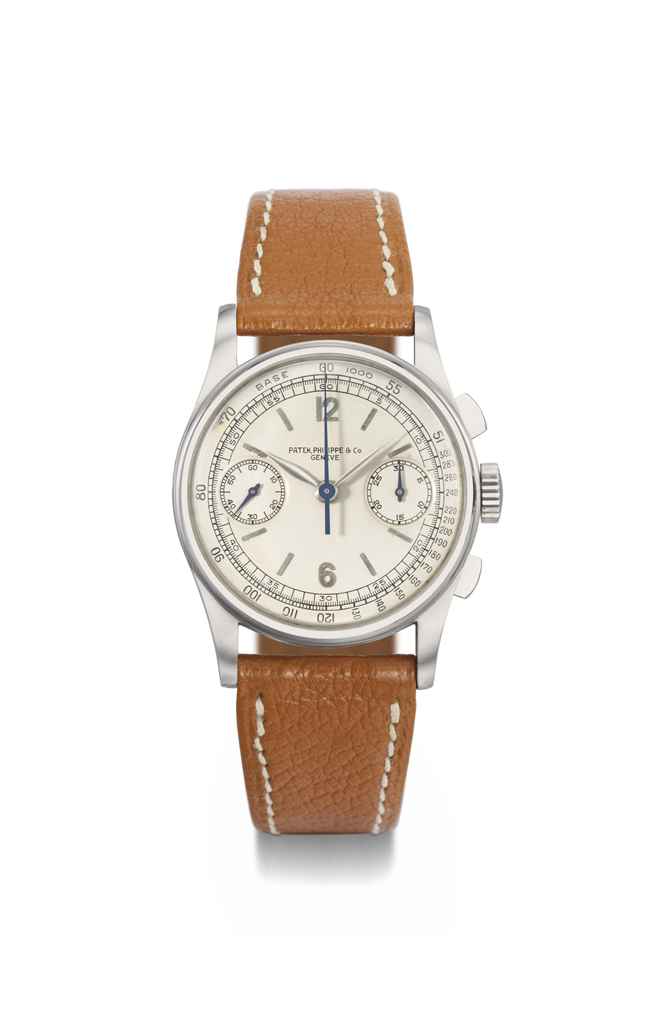A fine and rare Queen Anne ebony quarter-chiming table clock with alarm James Reith, London, circa 1710 The six finned pillar (centre latched) twin fusee hour-striking movement with verge escapement, rise/fall regulation, pendulum hold/release lever and now fitted with additional fusee for chiming a different musical phrase via original pinned cylinder and nest of six graduated bells every quarter hour, the fine symmetrical foliate scroll and cornucopiae engraved backplate signed James Reith, LONDON to a central cartouche and fitted with pull-wind spring barrel for the alarm mechanism sounding on the hour bell and set via a rotating subsidiary dial positioned in the arch of the dial driven via vertical arbor by a contrate wheel fitted to the hour wheel/pipe, the 7.5 inch brass shallow break-arch dial with herringbone canted border engraved calendar and false bob apertures to the matted centre within applied Roman numeral silvered chapter ring with cruciform half hour markers and Arabic five minutes to outer track and signed Reith, London to lower margin, the lower angles applied with crown and sceptre pattern cast spandrels, the upper angles with rosette-centred silvered Strike/Silent and Locke ye Swing/Unlock ye Swing subsidiary selection dials set within a field of fine foliate engraving continuing to the arch incorporating arched regulation sector divided 0-60 and annotated Slo/Faft with fine steel pointer cranked to clear the centre pivot for the rotating silvered Roman numeral alarm setting dial contained within, the early inverted bell-top case with gilt brass carrying handle and ball finials above shallow-arch glazed front door with foliate pierced frets to upper quadrants, the sides with conforming lozenge shaped frets above rectangular windows, the rear with rectangular door inset with arch glazed aperture and upper quadrant frets to match the front, on moulded shallow skirt base with gilt brass compressed bun feet, 41.5cm (16.25ins) high excluding handle. James Reith is recorded in Baillie, G.H. Watchmakers & Clockmakers of the World as apprenticed in 1698 and free of the Clockmaker's Company 1705-6. Reith was recruited by Henry Sully to work with him at the watch workshops at Versailles which Sully had established in 1718. Reith became Sully's assistant manager but unfortunately sought to subsequently blame Sully for the low volume of production. Sully left to set up another workshop under a different patron at St. Germain en Laye, which by 1720 had also failed. Relatively few clocks and watches by James Reith are known but all of them are of the highest quality and include an early year going longcase clock with equation of time (illustrated in ANTIQUARIAN HOROLOGY Vol. 19 page 28) and a fine gilt brass mounted burr walnut veneered table clock with three subsidiaries to the full-arch dial. Of his watches a few signed as being made in Versailles are known, including a gold cased example in The Victoria and Albert Museum (Museum Number M.127&A-1909). The current lot is testament to Reith's high quality approach. The movement is substantially built with plates measuring 8.25 by 7 inches and incorporates many rare features. These include an alarm mechanism which utilises contrate wheels to connect the remote subsidiary rotating setting dial (in the arch of the dial) with the hour wheel. The alarm is set by a steel pointer reading against the alarm hour-ring which in turn releases the mechanism (via lifting piece to the rear of the arch) at the selected time. Although remote alarm setting dials are not unheard of, they are rare with most using a series of standard wheels fitted to the rear of the dial to connect with the hour wheel. The original winding key (which was originally fitted with a second squared pipe for setting alarm pointer via its centre square) is still with the clock. The engraved decoration to the movement backplate is of the highest quality and can be firmly attributed to Tompion’s engraver ‘G195’ who
A fine and rare Queen Anne ebony quarter-chiming table clock with alarm James Reith, London, circa 1710 The six finned pillar (centre latched) twin fusee hour-striking movement with verge escapement, rise/fall regulation, pendulum hold/release lever and now fitted with additional fusee for chiming a different musical phrase via original pinned cylinder and nest of six graduated bells every quarter hour, the fine symmetrical foliate scroll and cornucopiae engraved backplate signed James Reith, LONDON to a central cartouche and fitted with pull-wind spring barrel for the alarm mechanism sounding on the hour bell and set via a rotating subsidiary dial positioned in the arch of the dial driven via vertical arbor by a contrate wheel fitted to the hour wheel/pipe, the 7.5 inch brass shallow break-arch dial with herringbone canted border engraved calendar and false bob apertures to the matted centre within applied Roman numeral silvered chapter ring with cruciform half hour markers and Arabic five minutes to outer track and signed Reith, London to lower margin, the lower angles applied with crown and sceptre pattern cast spandrels, the upper angles with rosette-centred silvered Strike/Silent and Locke ye Swing/Unlock ye Swing subsidiary selection dials set within a field of fine foliate engraving continuing to the arch incorporating arched regulation sector divided 0-60 and annotated Slo/Faft with fine steel pointer cranked to clear the centre pivot for the rotating silvered Roman numeral alarm setting dial contained within, the early inverted bell-top case with gilt brass carrying handle and ball finials above shallow-arch glazed front door with foliate pierced frets to upper quadrants, the sides with conforming lozenge shaped frets above rectangular windows, the rear with rectangular door inset with arch glazed aperture and upper quadrant frets to match the front, on moulded shallow skirt base with gilt brass compressed bun feet, 41.5cm (16.25ins) high excluding handle. James Reith is recorded in Baillie, G.H. Watchmakers & Clockmakers of the World as apprenticed in 1698 and free of the Clockmaker's Company 1705-6. Reith was recruited by Henry Sully to work with him at the watch workshops at Versailles which Sully had established in 1718. Reith became Sully's assistant manager but unfortunately sought to subsequently blame Sully for the low volume of production. Sully left to set up another workshop under a different patron at St. Germain en Laye, which by 1720 had also failed. Relatively few clocks and watches by James Reith are known but all of them are of the highest quality and include an early year going longcase clock with equation of time (illustrated in ANTIQUARIAN HOROLOGY Vol. 19 page 28) and a fine gilt brass mounted burr walnut veneered table clock with three subsidiaries to the full-arch dial. Of his watches a few signed as being made in Versailles are known, including a gold cased example in The Victoria and Albert Museum (Museum Number M.127&A-1909). The current lot is testament to Reith's high quality approach. The movement is substantially built with plates measuring 8.25 by 7 inches and incorporates many rare features. These include an alarm mechanism which utilises contrate wheels to connect the remote subsidiary rotating setting dial (in the arch of the dial) with the hour wheel. The alarm is set by a steel pointer reading against the alarm hour-ring which in turn releases the mechanism (via lifting piece to the rear of the arch) at the selected time. Although remote alarm setting dials are not unheard of, they are rare with most using a series of standard wheels fitted to the rear of the dial to connect with the hour wheel. The original winding key (which was originally fitted with a second squared pipe for setting alarm pointer via its centre square) is still with the clock. The engraved decoration to the movement backplate is of the highest quality and can be firmly attributed to Tompion’s engraver ‘G195’ who















Testen Sie LotSearch und seine Premium-Features 7 Tage - ohne Kosten!
Lassen Sie sich automatisch über neue Objekte in kommenden Auktionen benachrichtigen.
Suchauftrag anlegen